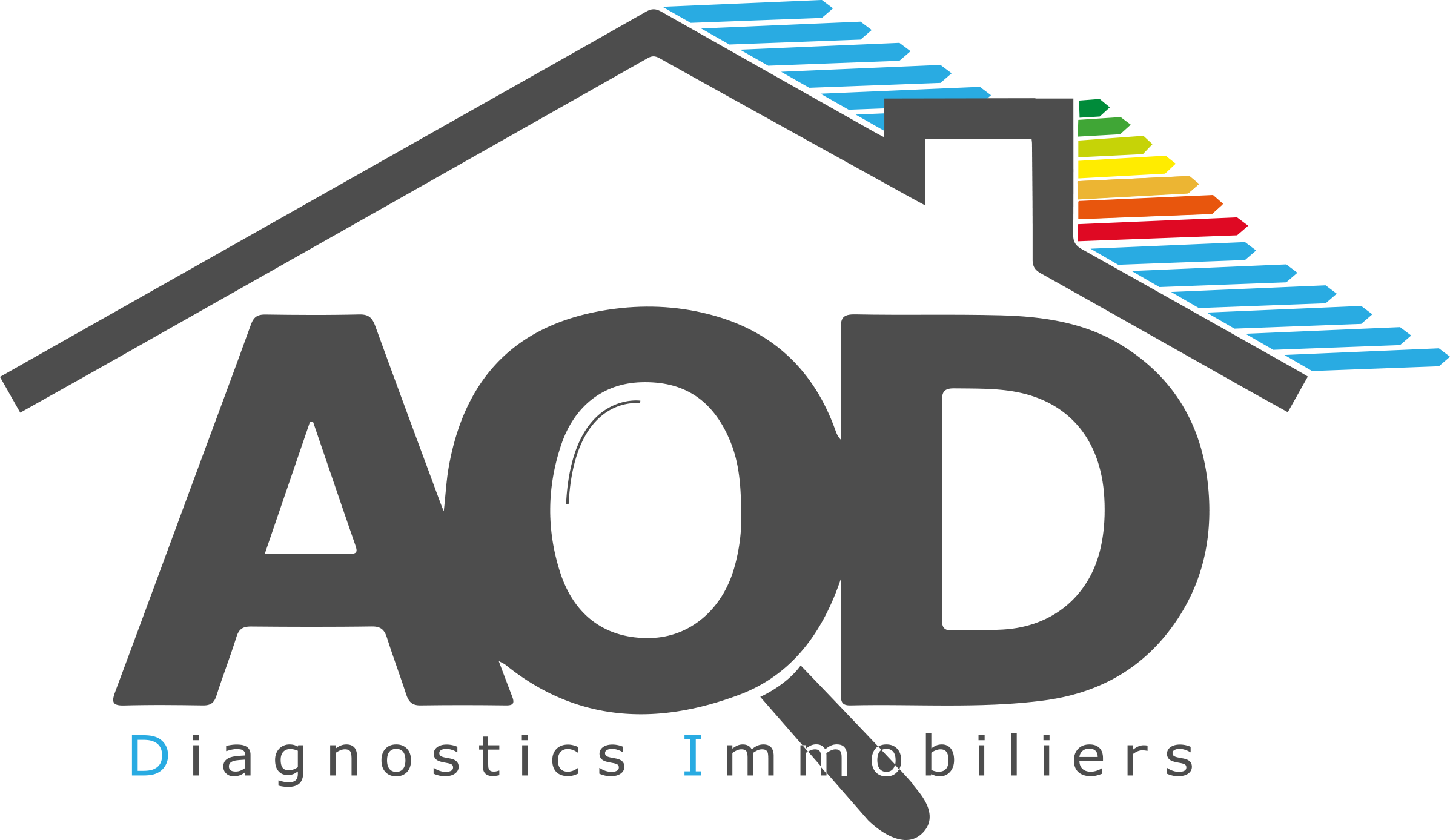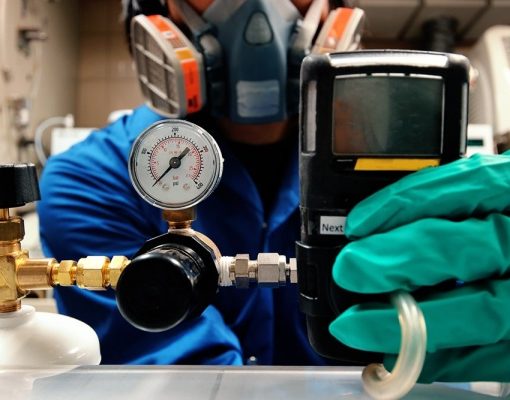Qu’est que le diagnostic électricité ?
If you sell or rent a property, you will be required to provide an "electrical diagnosis" if the electrical installations are more than 15 years old. The purpose of this diagnosis is to assess the risks associated with any electrical faults and, if necessary, to inform the occupants by including it in the technical diagnosis file (DDT).

The dwellings concerned by the electrical diagnosis
- Mandatory for sales since 1 July 2009
- Mandatory for rentals since 11 August 2016
- Mandatory for all properties with electrical installations older than 15 years
However, electrical installations that have been the subject of a certificate of conformity produced by an approved body dating back less than 6 years are exempt from this diagnosis.
Rental diagnosis
The 2014 ALUR (Access to Housing and Renovated Urbanism) law requires that information on the state of internal electricity installations be provided for rented accommodation.
- If the dwelling is located in an apartment building for which the building permit was issued before 1 January 1975, the law applies to rental contracts signed on or after 1 July 2017
- For other dwellings, the law applies to rental contracts signed on or after 1 January 2018
Duration of validity of the electricity diagnosis
- For rentals, the diagnosis is valid for 3 years from the date of its completion
- For sales, the diagnosis is valid for 6 years from the date of its completion

How does an electrical diagnosis work?
The electrical diagnosis is the examination of 6 control points starting from the circuit breaker.
The diagnostician carries out visual examinations, tests and measurements to determine the characteristics of the installation.
The 6 control points :
- A general control device: The diagnostician ensures that the circuit breaker is easily accessible and that it can be used to cut off the power supply in an emergency
- A differential device: these devices are an additional protection measure against accidental contact of a person with a live conductor
- An overcurrent protection device: these protections are intended to prevent abnormal overheating of conductors that could lead to fire
- Equipotential bonding and an electrical installation adapted to the conditions of the premises: equipotential bonding prevents a person from coming into simultaneous contact with two conductive elements that are accessible to the touch
- Unsuitable electrical equipment: The diagnostician will go hunting for bare electrical wires, old or non-compliant electrical equipment
- Non-mechanically protected conductors: with the exception of light points, conductors should be placed in cables, trunking and skirting boards to avoid direct contact




